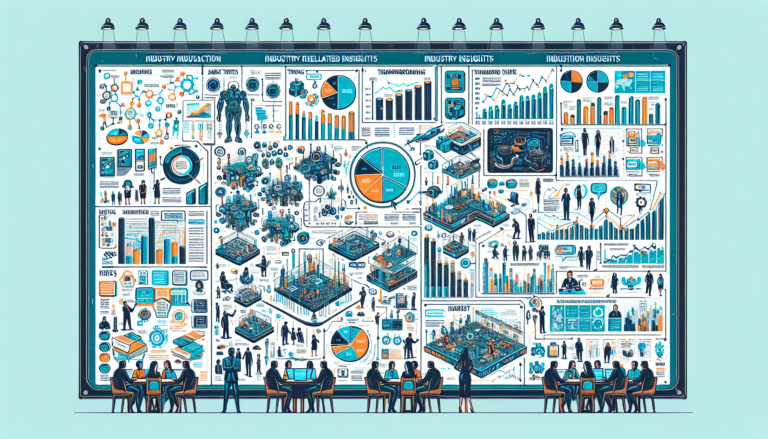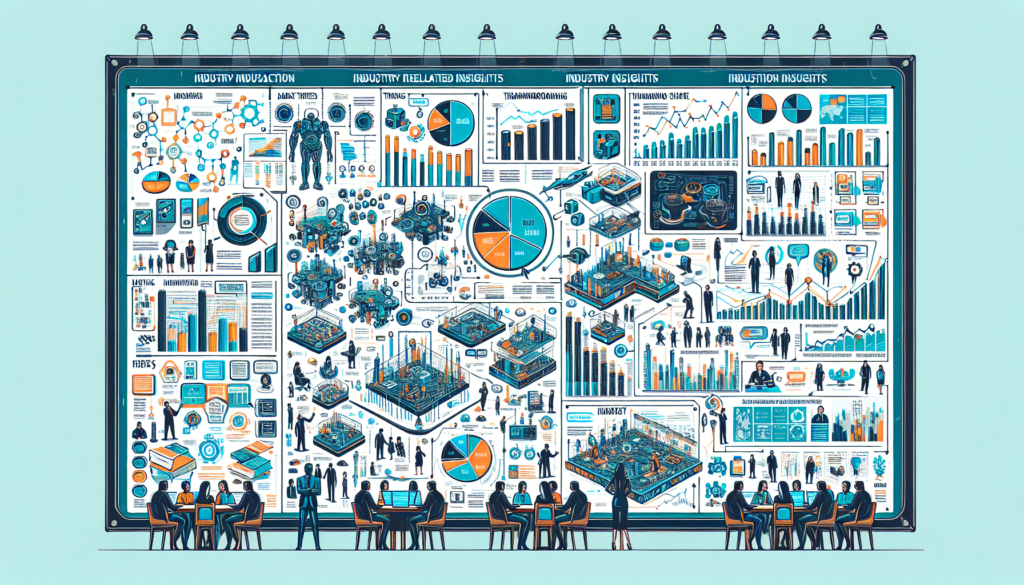The Emergence of the Green Revolution
The Green Revolution refers to a significant period in agricultural history, particularly during the mid-20th century, when innovative technologies and practices transformed farming. This movement aimed to increase food production worldwide, especially in developing countries that faced food shortages. By introducing high-yielding varieties of crops, advanced irrigation techniques, and the use of chemical fertilizers and pesticides, the Green Revolution was pivotal in alleviating hunger for millions.
However, while the initial goals of the Green Revolution were commendable, it also led to various environmental concerns. The extensive use of synthetic fertilizers and pesticides has resulted in soil degradation, water pollution, and a decline in biodiversity. This realization has prompted a shift towards more sustainable agricultural practices that prioritize environmental health and social equity.
Innovative Agricultural Techniques
As we move further into the 21st century, innovative agricultural techniques are emerging to address the shortcomings of the original Green Revolution. Techniques like precision farming, agroecology, and organic farming are gaining traction as viable alternatives. Precision farming uses technology such as GPS and drones to monitor crop health and optimize resource use. This method enables farmers to apply water, fertilizers, and pesticides more efficiently, reducing waste and minimizing environmental impact.
Agroecology, on the other hand, emphasizes the importance of biodiversity and ecological balance. By integrating crops and livestock, using cover crops, and promoting natural pest control, agroecology seeks to create a sustainable farming system that works in harmony with nature. Organic farming, which avoids synthetic chemicals and genetically modified organisms, is also on the rise. This approach not only promotes healthier soils and ecosystems but also appeals to an increasingly health-conscious consumer base.
The Role of Technology in Sustainable Agriculture
Technology is playing a crucial role in shaping the future of sustainable agriculture. From biotechnology to artificial intelligence, these innovations are enabling farmers to grow more food while using fewer resources. One of the most promising developments is the use of genetically modified organisms (GMOs) to create crops that are resistant to pests, diseases, and extreme weather conditions. These resilient crops can help ensure food security in the face of climate change.
Additionally, vertical farming is emerging as a revolutionary solution to urban food production. By growing crops in vertically stacked layers, often in controlled indoor environments, vertical farms can significantly reduce the land and water needed for agriculture. This method not only minimizes transportation costs and emissions but also allows for year-round crop production regardless of external weather conditions.
Moreover, the rise of blockchain technology is enhancing transparency and efficiency within the food supply chain. By tracking the journey of food from farm to table, blockchain can help ensure food safety, reduce waste, and promote sustainable practices among farmers and consumers alike.
Regenerative Agriculture: A New Frontier
Regenerative agriculture is gaining momentum as a holistic approach to farming that prioritizes soil health and ecosystem restoration. This method goes beyond sustainability by actively improving the land’s health and biodiversity. Practices such as crop rotation, agroforestry, and holistic grazing can rejuvenate degraded soils, increase carbon sequestration, and enhance water retention.
Farmers implementing regenerative practices often report increased yields over time, proving that healthy soils lead to productive crops. Furthermore, regenerative agriculture supports the notion of a circular economy, where waste is minimized, and resources are reused. By fostering a symbiotic relationship between farming and the environment, regenerative agriculture has the potential to play a significant role in combating climate change and promoting food security.
Community Empowerment and Local Food Systems
The Green Revolution’s legacy has also highlighted the importance of community engagement and local food systems. As consumers become more aware of the environmental and social impacts of their food choices, there is a growing demand for locally-sourced and sustainably-produced food. Community-supported agriculture (CSA) programs, farmers’ markets, and urban gardens are gaining popularity as ways to connect consumers directly with local farmers.
These initiatives not only promote sustainable practices but also foster community resilience. By strengthening local economies and encouraging people to support local farmers, these movements contribute to food sovereignty, allowing communities to have greater control over their food sources and agricultural practices.
Moreover, education plays a vital role in empowering communities to adopt sustainable practices. Workshops, farm tours, and educational programs can equip individuals with the knowledge and skills needed to make informed food choices and engage in sustainable farming practices.
The Importance of Policy and Advocacy
For the Green Revolution to evolve into a sustainable future, supportive policies and advocacy efforts are essential. Governments and organizations must prioritize sustainable agricultural practices in their policies, providing incentives for farmers to adopt eco-friendly methods. This includes funding for research and development, subsidies for organic farming, and support for smallholder farmers who often lack access to resources.
Moreover, advocacy groups play a crucial role in raising awareness about the importance of sustainable agriculture and its impact on food security, climate change, and public health. By mobilizing communities and influencing policy decisions, these organizations can help create a more equitable and sustainable food system.
Collaboration between governments, NGOs, and the private sector is also vital in driving progress. By working together, stakeholders can develop innovative solutions, share best practices, and create a supportive environment for sustainable agriculture to thrive.
Consumer Responsibility and Choices
As consumers, we hold significant power in shaping the future of agriculture. The choices we make at the grocery store can influence farming practices and drive demand for sustainable products. By opting for organic, locally-sourced, and seasonal foods, we can support farmers who prioritize environmentally-friendly practices.
Moreover, reducing food waste is another critical aspect of consumer responsibility. By planning meals, using leftovers creatively, and composting, we can minimize our environmental impact and contribute to a more sustainable food system. Educating ourselves about the origins of our food and the impact of our choices can empower us to make informed decisions that align with our values.
Conclusion: A Collective Effort for a Sustainable Future
The journey towards a sustainable future is a collective effort that requires collaboration, innovation, and commitment from all stakeholders. The lessons learned from the Green Revolution can guide us as we explore new agricultural practices and technologies. By prioritizing sustainability, we can create a resilient food system that nourishes people while respecting the planet.
The Green Revolution laid the groundwork for agricultural advancements, but as we look forward, it is essential to embrace innovative solutions that ensure a sustainable and equitable future for generations to come. Together, we can foster a thriving ecosystem that supports both people and the planet, ensuring food security and environmental health for all.














